Introduction
Tea, a beverage cherished across continents, has evolved into a canvas for culinary creativity. From the bold astringency of black tea to the delicate grassiness of green varieties, enthusiasts often seek ways to balance flavor profiles. One age-old debate persists: Can honey enhance tea, or does it clash with its essence? This guide explores the historical, scientific, and cultural dimensions of combining honey with tea, offering insights into health implications, pairing techniques, and global traditions. Whether you’re a purist or a flavor adventurer, understanding the nuances of this sweet union will transform your tea ritual.
A Historical Tapestry: Honey and Tea Through the Ages
The story of honey in tea begins in antiquity, long before the British Empire popularized tea with milk and sugar. Ancient Chinese texts from the Tang Dynasty (618–907 CE) mention honey as a complementary ingredient in herbal infusions, prized for its medicinal properties. Similarly, Egyptian papyri reveal honey’s use in sweetening hibiscus-based beverages, blending nutrition with ritual.
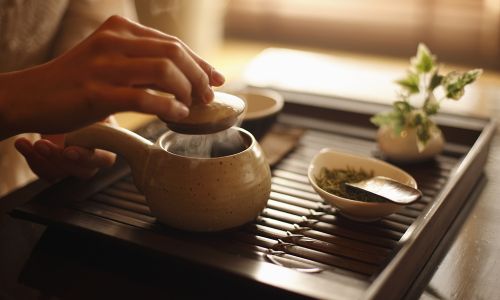
In Europe, honey’s role in tea evolved alongside trade routes. When Portuguese and Dutch traders introduced tea to Europe in the 17th century, honey was a common sweetener in Eastern Europe and Scandinavia, where sugar remained scarce. The Russian zavarka (concentrated black tea) tradition, for instance, often includes a dollop of honey or jam, reflecting the region’s cold climates and beekeeping heritage.
The Science Behind the Spoon: How Honey Interacts with Tea
Honey’s composition—a blend of fructose, glucose, water, and trace enzymes—creates a dynamic interplay with tea’s polyphenols and caffeine.
-
Flavor Chemistry:
- Sweetness and Bitterness: Honey’s fructose content (approximately 38%) creates a sweeter taste than sucrose, allowing for less product use. This can temper tea’s bitterness without overpowering delicate notes.
- Flavor Compounds: Darker honeys, like buckwheat or chestnut, impart earthy, malty undertones that complement robust teas like Assam or pu-erh. Lighter variants, such as acacia or clover honey, enhance floral or citrusy teas like Earl Grey or jasmine green tea.
-
Health Implications:
- Antioxidant Synergy: Both tea and honey contain polyphenols, which studies suggest may reduce inflammation and oxidative stress. A 2018 study in Food Chemistry found that honey’s antioxidants synergize with green tea’s catechins, potentially boosting bioavailability.
- Glycemic Considerations: Honey has a lower glycemic index (GI) than refined sugar (around 55 vs. 65), causing slower blood sugar spikes. However, moderation remains key, especially for diabetics.
Cultural Practices: Honey in Tea Around the World
-
Asia:
- In China, longjing (Dragon Well) green tea is sometimes paired with osmanthus honey, enhancing its nutty sweetness.
- Indian masala chai often uses jaggery, but honey is gaining popularity as a “clean” sweetener in urban cafes.
-
Middle East and Africa:
- Moroccan mint tea (atai) traditionally uses sugar, but artisanal honey varieties like Sidr or thyme honey are now trendy in gourmet circles.
- Ethiopian spice tea (attaya) occasionally incorporates honey, balancing the brew’s cardamom and clove warmth.
-
Europe:
- Russians sweeten Ivan-chai (fermented willowherb tea) with honey, a nod to Siberian indigenous practices.
- In Greece, mountain tea (tsai tou vounou) is often served with thyme honey, creating a soothing elixir.
The Art of Pairing: How to Sweeten Tea with Honey
Achieving harmony requires attention to temperature, timing, and texture:
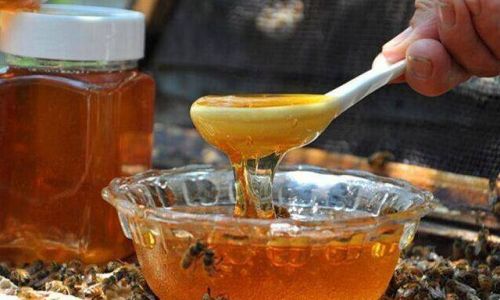
-
Temperature Control:
Add honey to tea cooled to 140°F (60°C) or below. Higher heat degrades honey’s enzymes and can create a bitter aftertaste.
-
Stirring Technique:
Gently swirl the spoon to avoid aerating the honey, which may dilute its flavor. For iced tea, pre-dissolve honey in a splash of warm water before adding ice.
-
Honey Varietals:
- Light Teas: Opt for delicate honeys like orange blossom or alfalfa.
- Strong Teas: Experiment with robust options such as manuka or chestnut.
Health Considerations: Benefits and Caveats
While honey offers nutritional perks, it’s not a one-size-fits-all additive:
-
Pros:
- Immune Support: Honey’s antimicrobial properties, particularly manuka’s methylglyoxal, may aid in combating infections.
- Sore Throat Relief: A warm honey-tea mixture coats the throat, offering symptomatic relief.
-
Cons:
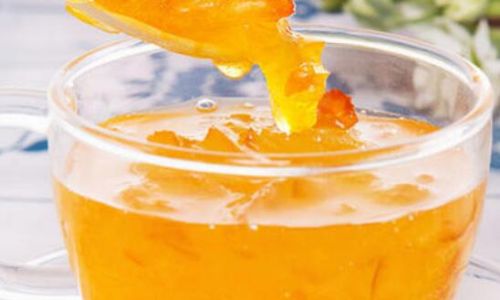
- Caloric Density: A tablespoon of honey contains 64 calories, versus 49 in sugar. Overconsumption may hinder weight management.
- Allergens: Raw honey can contain pollen particles, triggering reactions in sensitive individuals.
Recipes: Elevating Your Cup with Honey
-
Honey-Ginger Green Tea:
- Steep 2g sencha green tea in 8oz (237ml) 175°F (80°C) water for 2 minutes.
- Add 1 tsp fresh ginger juice and 1 tsp raw honey. Serve with a lemon twist.
-
Spiced Chai Concentrate:
- Simmer 2 black tea bags, 4 cardamom pods, 2 cinnamon sticks, and 1 tsp peppercorns in 2 cups water for 10 minutes.
- Strain and mix with ¼ cup honey and 1 cup milk. Dilute with hot water to taste.
-
Iced Honey-Lemonade Tea:
- Brew 4g hibiscus tea in 16oz (473ml) boiling water. Steep for 5 minutes, then chill.
- Stir in 2 tbsp honey and ¼ cup lemon juice. Serve over ice with mint sprigs.
Debunking Myths: Separating Fact from Fiction
-
Myth: Honey ruins tea’s health benefits.
- Reality: While heat reduces some enzymes, honey’s antioxidants remain largely intact. Moderation is key.
-
Myth: Raw honey is always superior.
- Reality: Pasteurized honey lacks pollen but retains sweetness. Choose based on flavor preference, not just processing.
Expert Insights: What the Connoisseurs Say
- Dr. Elena Thompson, Nutritionist: “Honey’s trace minerals and antioxidants make it a smarter choice than refined sugar, but portion control is vital.”
- Master Tea Blender Li Wei: “In China, we view honey as a bridge between tea’s astringency and nature’s sweetness. The right pairing elevates both.”
Conclusion: A Brew for Every Palate
The question “Can you put honey in tea?” deserves a nuanced answer: Yes, with intention. By considering cultural heritage, biochemical interactions, and personal health, honey can transform a simple cup into a ritual of balance and delight. Whether you’re soothing a sore throat or savoring a rare oolong, let this guide be your companion in exploring tea’s sweet possibilities. After all, the best brew is the one that nourishes both body and soul.
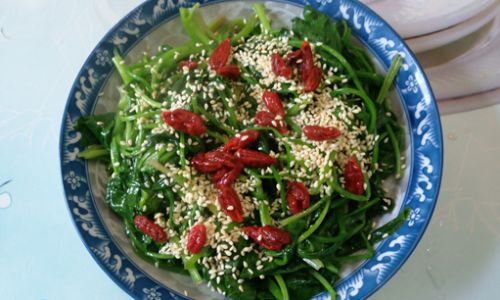
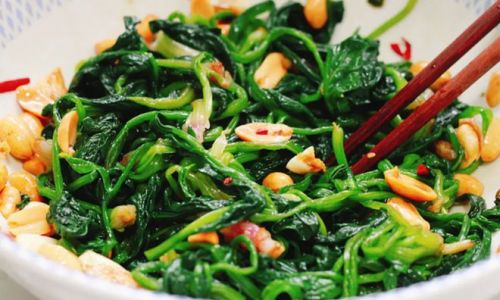
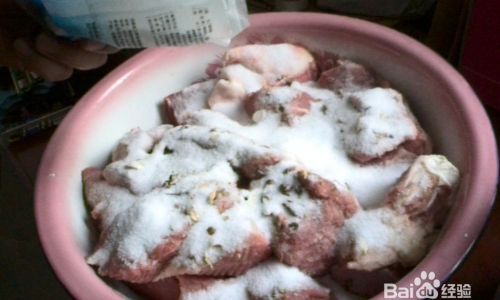

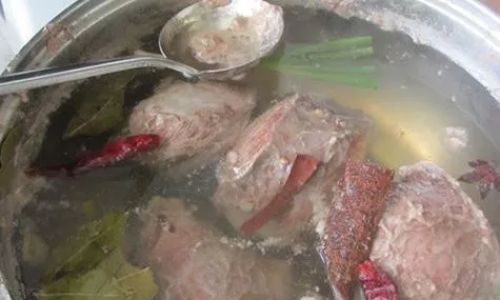
0 comments